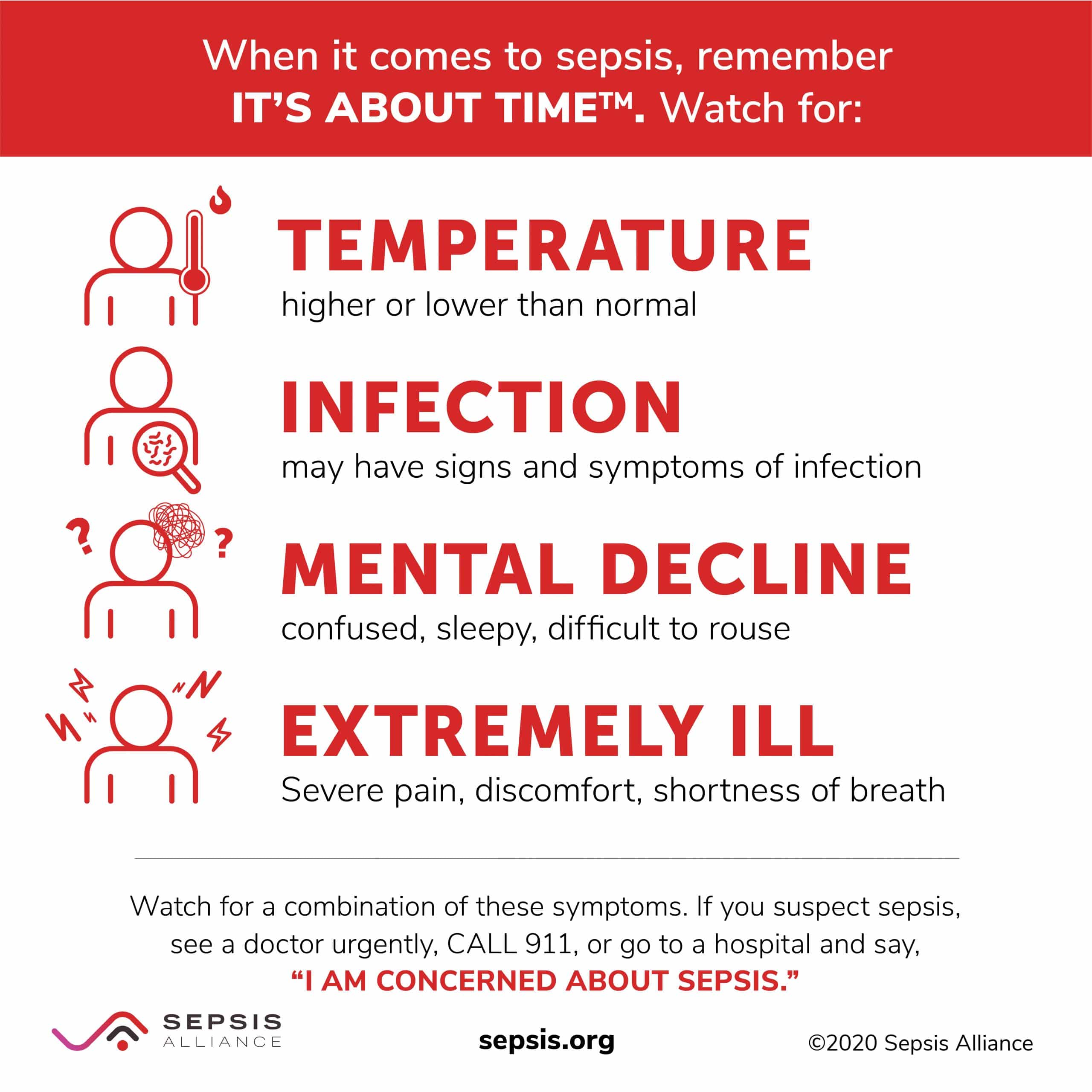
UK Study Identifies Greatest Risk Factors for Sepsis
A new study from researchers at King’s College London identifies the greatest risk factors for sepsis among patients seeking primary care for certain infections. This sepsis research was published in PLOS Medicine and was funded…
A new study from researchers at King’s College London identifies the greatest risk factors for sepsis among patients seeking primary care for certain infections. This sepsis research was published in PLOS Medicine and was funded by the National Institute for Health Research (NIHR). Researchers say that the goal of the study was to,
“Estimate the probability of a patient developing sepsis following an infection consultation in primary care, if antibiotics are or are not prescribed, and to estimate the number of antibiotic prescriptions required to prevent one episode of sepsis.”
By better understanding the probability of sepsis and the greatest risk factors, healthcare providers can work toward better prevention and treatment methods. This is important in England where 200,000 people are hospitalized each year for sepsis, and another 59,000 die.
Study Identifies Greatest Risk Factors for Sepsis
Researchers are aware that overprescribing antibiotics may be a significant factor in antimicrobial resistance in infections. That is one reason why infections worsen and could contribute to development of sepsis. Therefore, researchers are attempting to understand the relationship between antibiotic prescribing and the likelihood that a patient will develop sepsis.
During the study, researchers analyzed electronic medical records from all registered patients at 706 general practice offices in the United Kingdom (UK). The data included 66.2 million person-years of follow up between 2002 and 2017. The study found:
- 35,244 instances of first-time sepsis
- 17,886 cases (51%) were among females
- Median age is 71 years old
- Interquartile range is 57-82 years old
Researchers identified UTIs, respiratory tract infections (RTIs), skin infections and antibiotic prescriptions as exposures. All of the patients studied had consultations for these infections with a primary care doctor.
Based on the data, researchers identified the greatest risk factors for sepsis as frailty, old age and urinary tract infections (UTIs). At all ages, the probability of developing sepsis was greatest for patients with a UTI, followed by a skin infection, and then RTI.
Risk of Sepsis and Antibiotic Prescribing
Researchers also found that antibiotic prescribing did lower the probability of sepsis. However, the number of antibiotics required to prevent a single episode of sepsis (the number needed to treat [NNT]) decreased with age. Therefore, researchers conclude that the risk of developing sepsis and the benefits of antibiotic use increase with age and are greater among frail adults and adults with UTIs.
For younger and healthier groups, antibiotic use may be reduced without increasing the risk of sepsis. This could impact antibiotic-resistance that is becoming a concern in many parts of the world.
General Risk Factors for Sepsis
Sepsis is the body’s response to an infection. When your body attempts to fight off an infection, it releases certain chemicals. Sepsis occurs when your body releases too many chemicals and overwhelms your body. Instead of fighting off the infection, sepsis fights your body.
The research done by King’s College London is certainly valuable. Every study that helps us learn more about sepsis is helpful in preventing needless injuries and deaths. Here in the United States, sepsis is one of the leading causes of preventable deaths in hospitals. The Centers for Disease Control and Prevention (CDC) lists the following as general risk factors for sepsis:
- Being 65 years old or older
- Being younger than one year old
- Having a weak immune system
- Having a chronic medical condition, such as:
- Diabetes
- Lung disease
- Cancer
- Kidney disease
Individuals in these categories should be very careful to monitor their symptoms if they develop an infection. The Sepsis Alliance recommends patients use their TIME model to recognize possible symptoms of sepsis:

Sepsis and Medical Malpractice
As we mentioned before, sepsis is one of the leading causes of preventable death in U.S. hospitals. Of course, there are some cases of sepsis that are truly the result of a poor medical state. There are also, however, many other cases that are the result of medical negligence. Examples include:
- A healthcare provider failing to treat an existing infection.
- Doctors misdiagnosing sepsis as something else.
- Doctors failing to recognize the signs of sepsis.
- A healthcare facility does not follow proper infection control procedures.
Any of these situations could be medical negligence. Timely diagnosis and treatment is paramount.
If you or someone you love has been diagnosed with sepsis and has experienced one of these factors, it is important to learn more about your legal rights. Medical negligence and medical malpractice should never be ignored. Find out more about sepsis and your legal rights by contacting MedMalFirm.com. You may call us at 877-887-4850, or email us via our online contact form.
